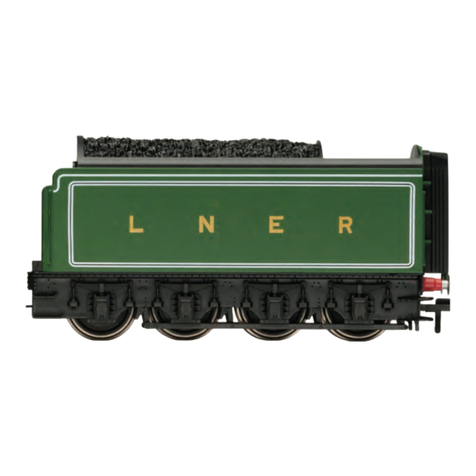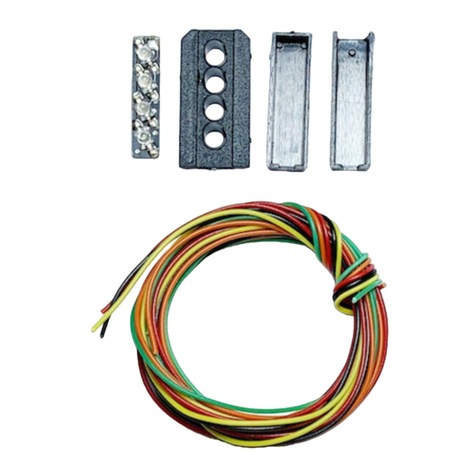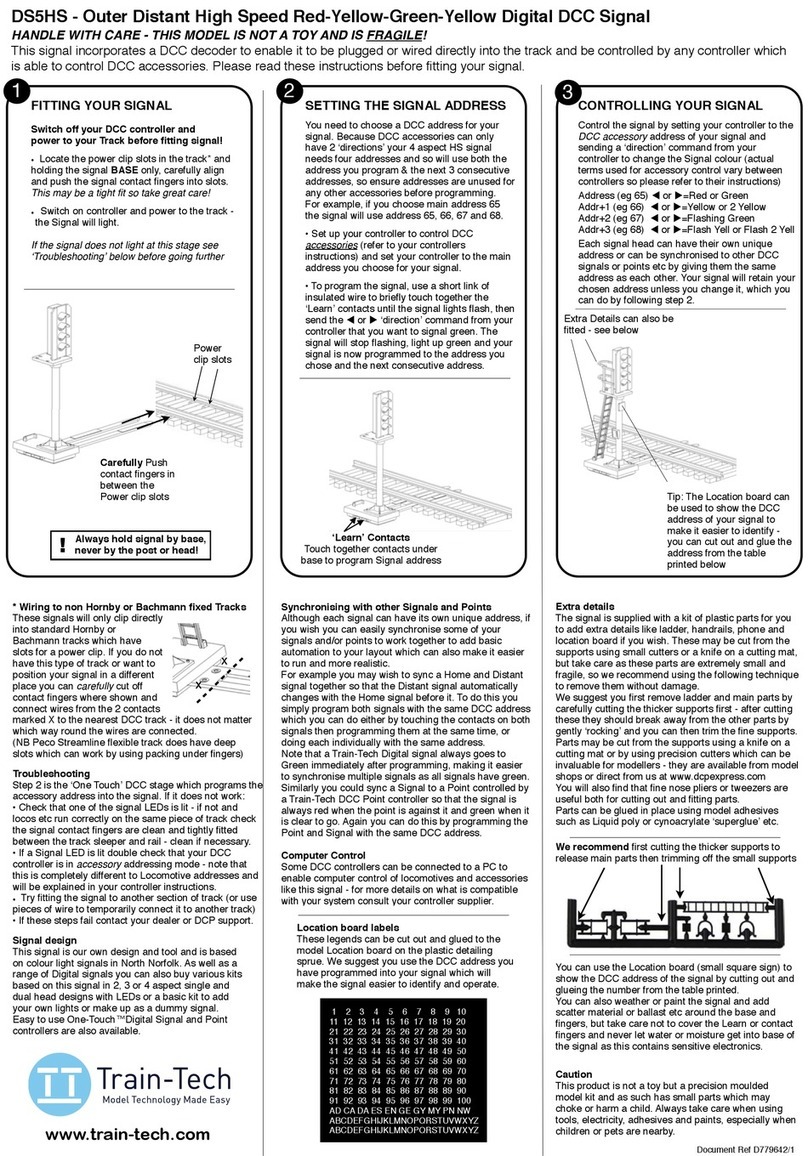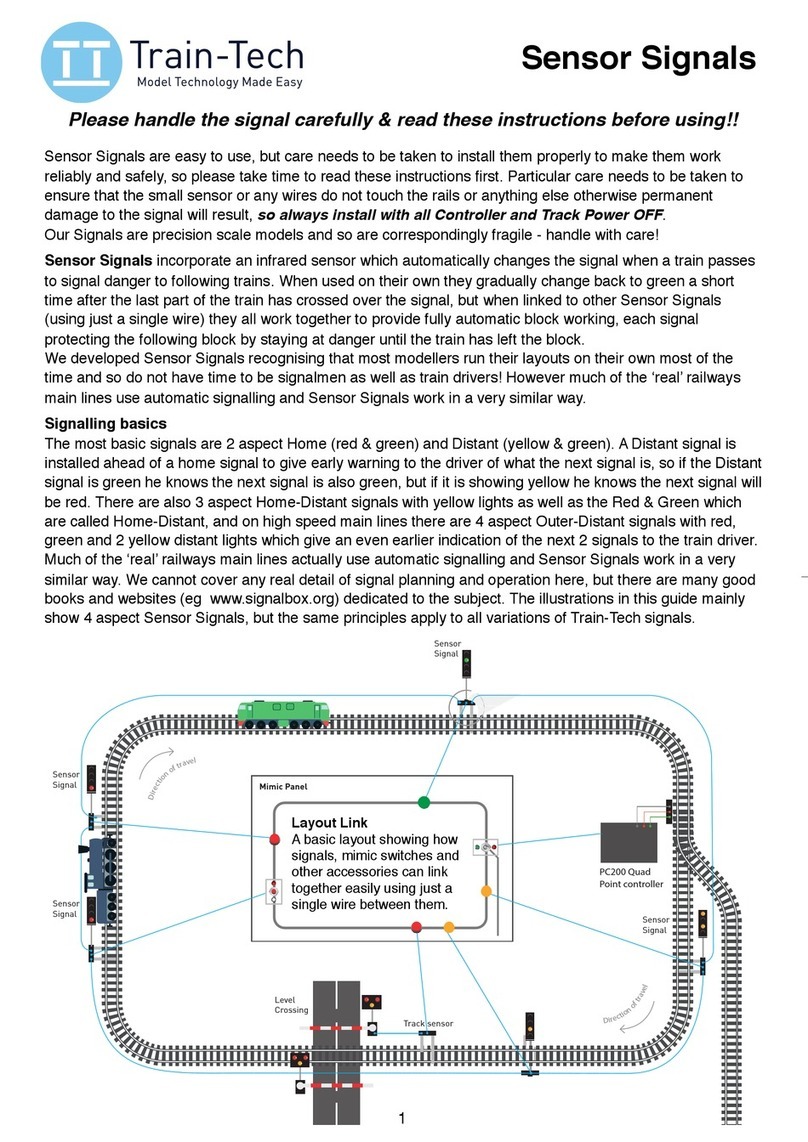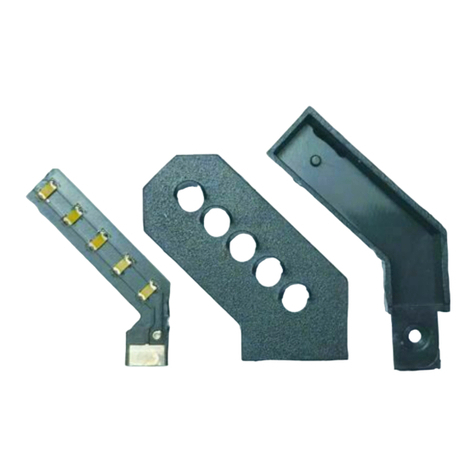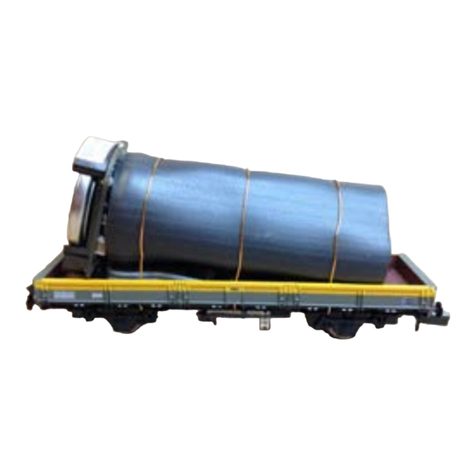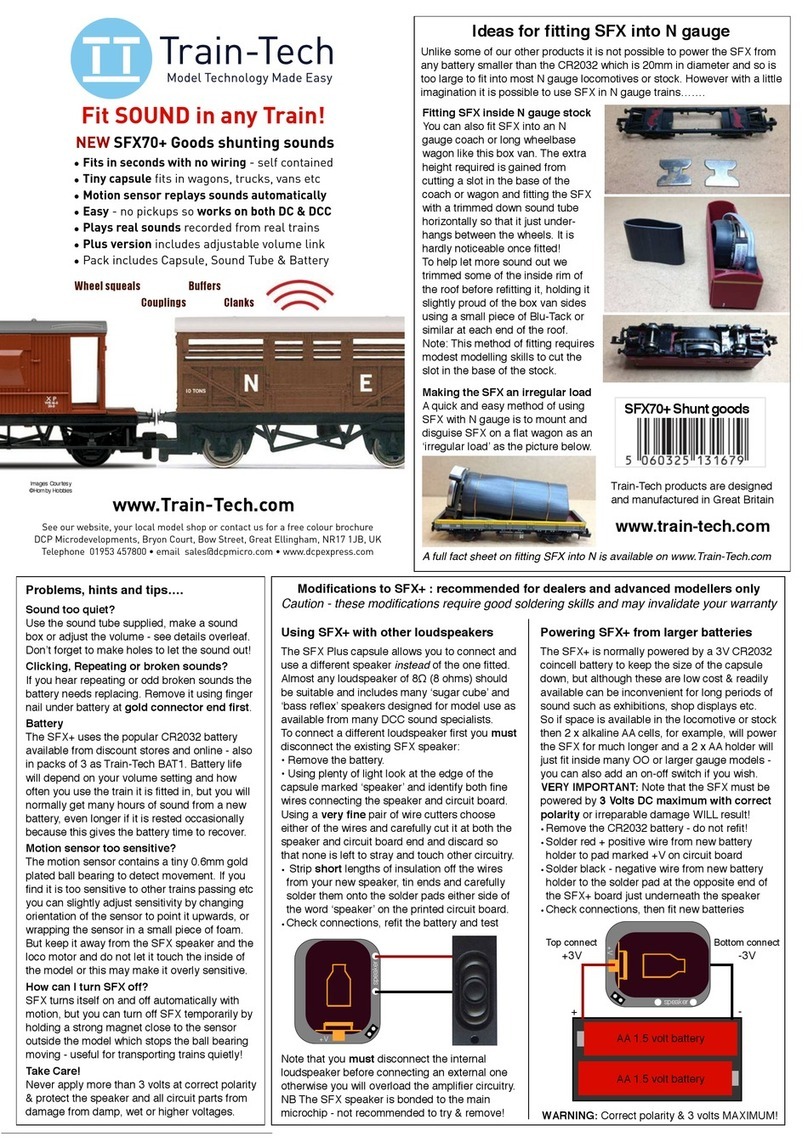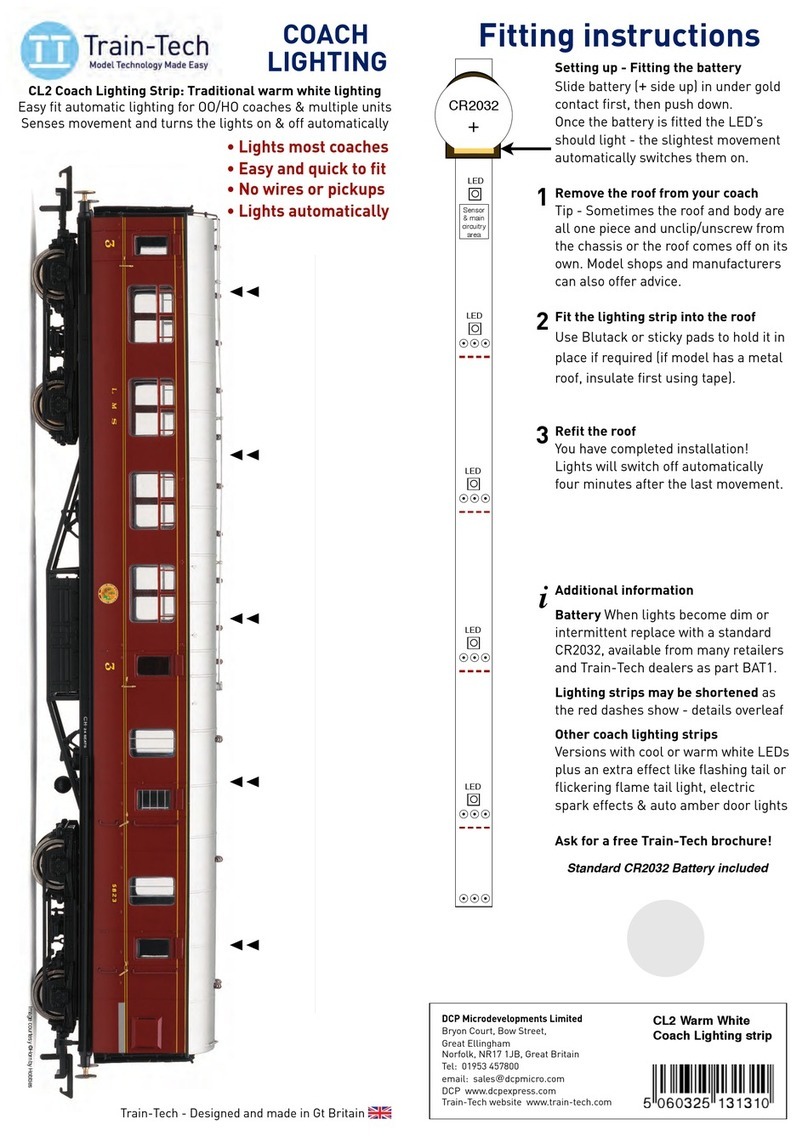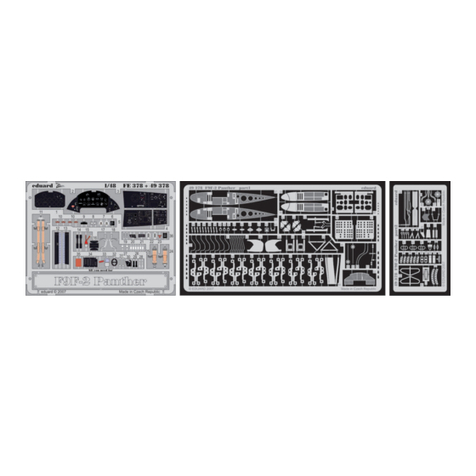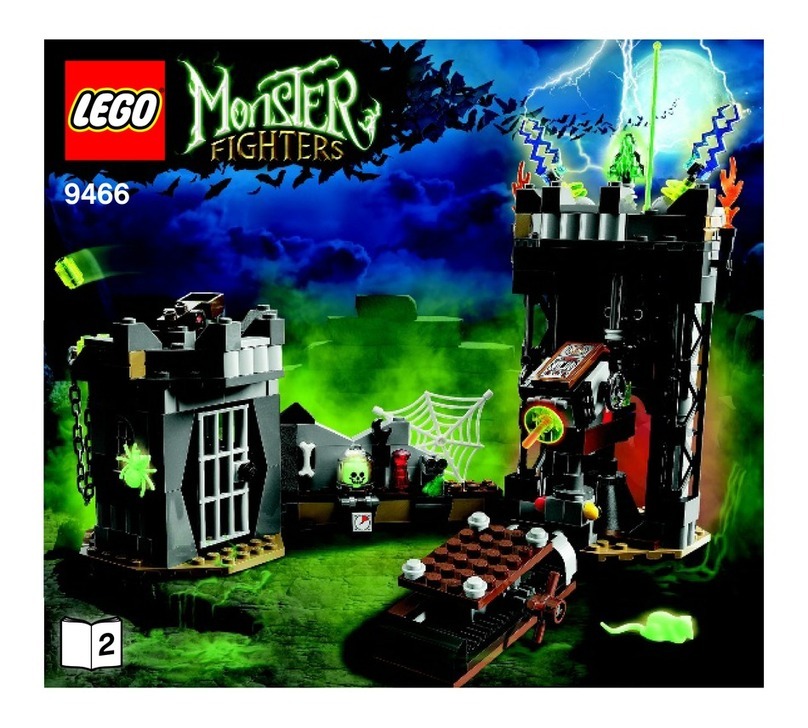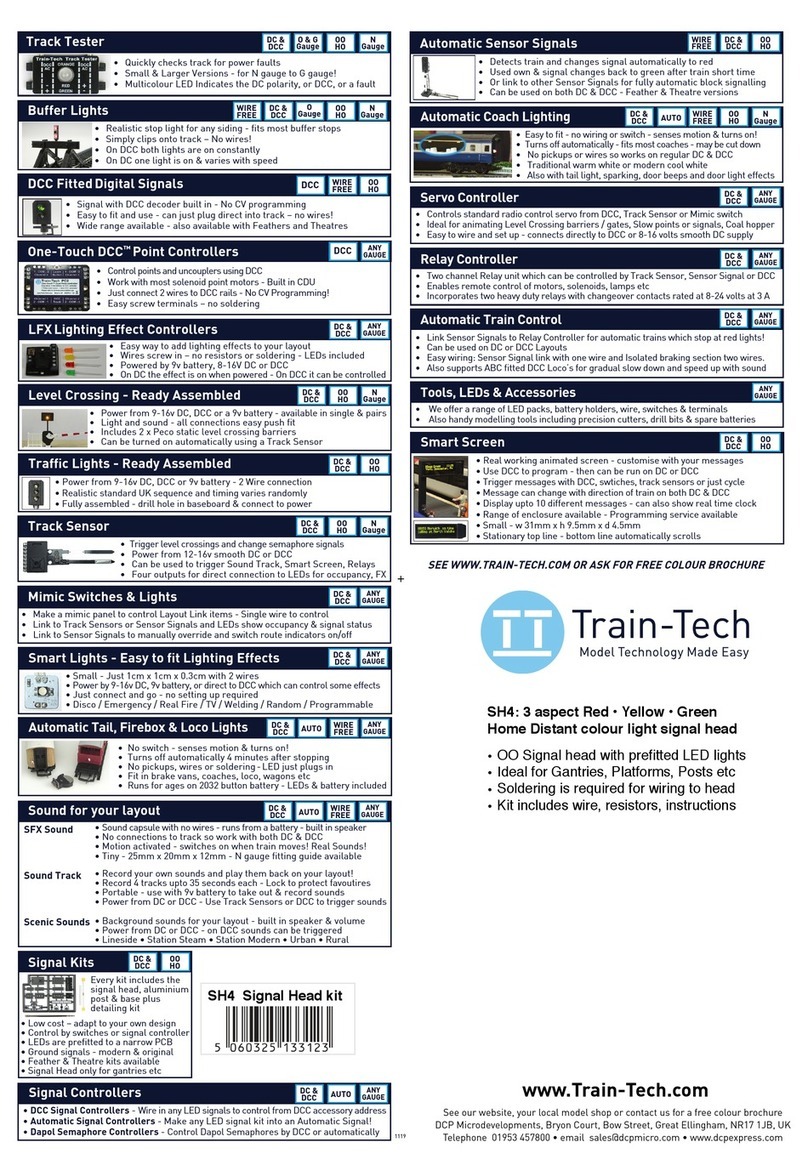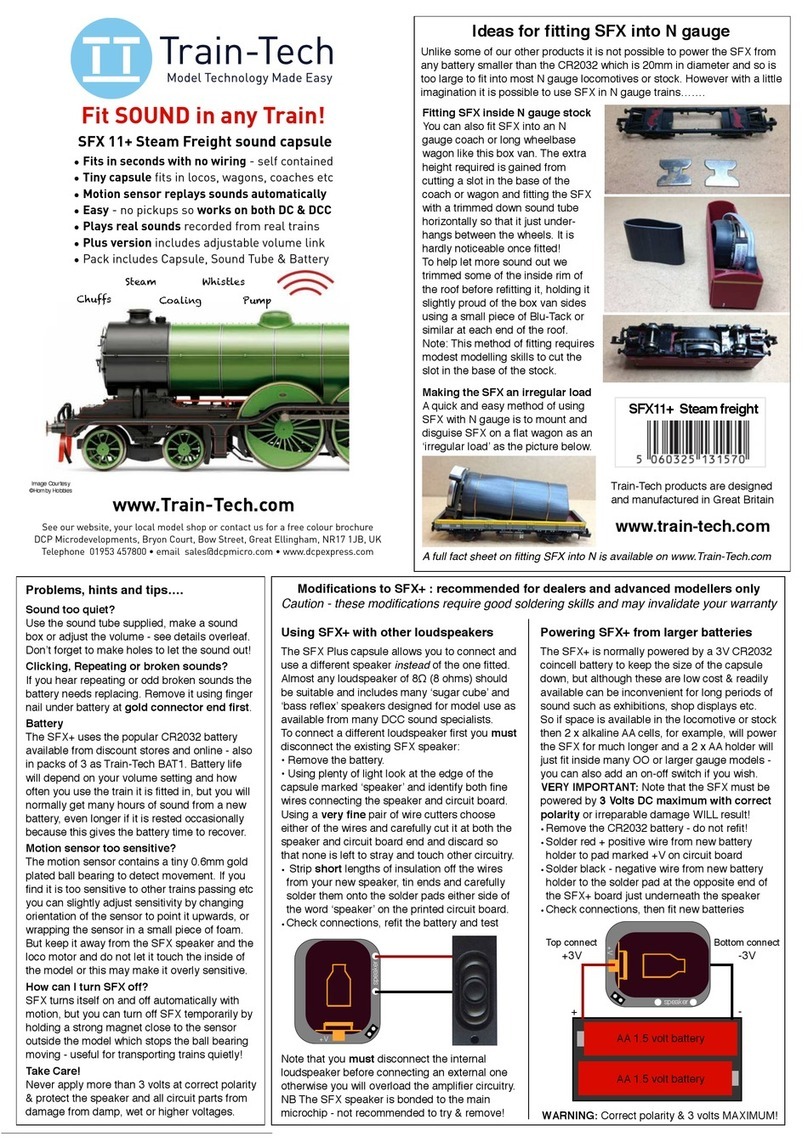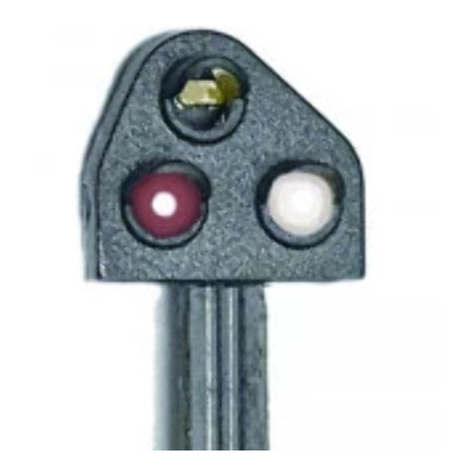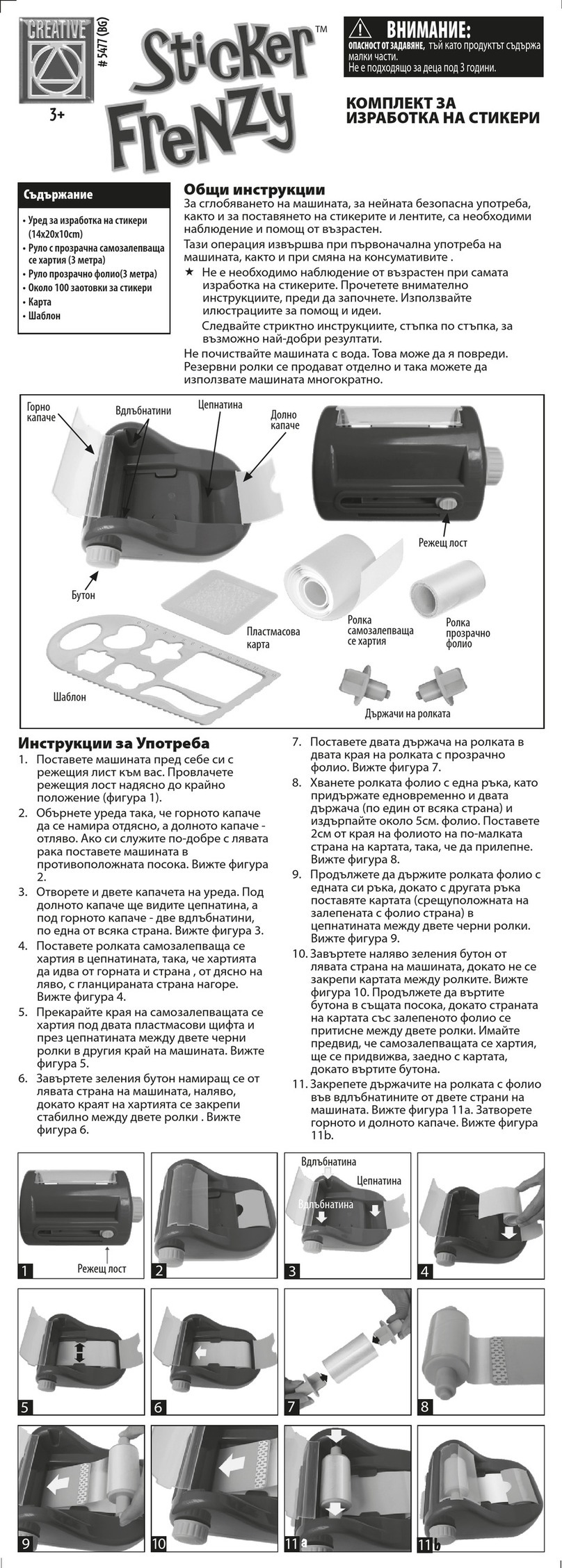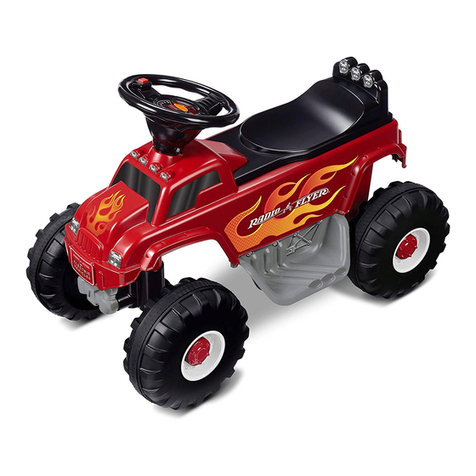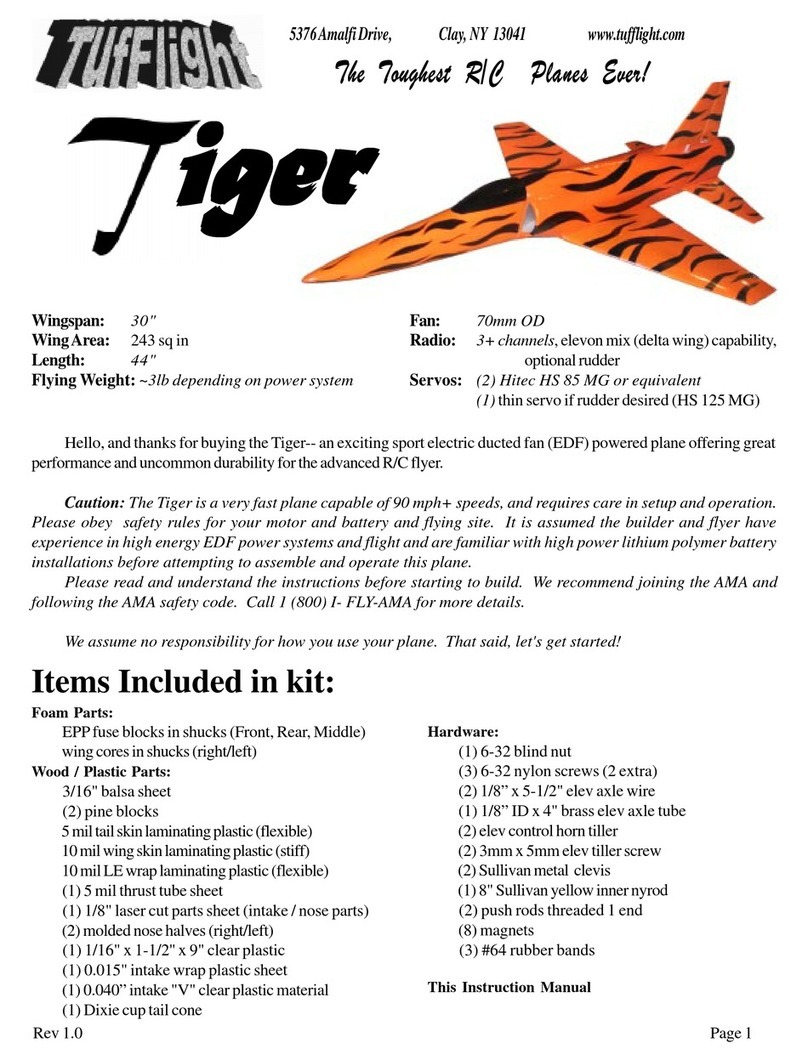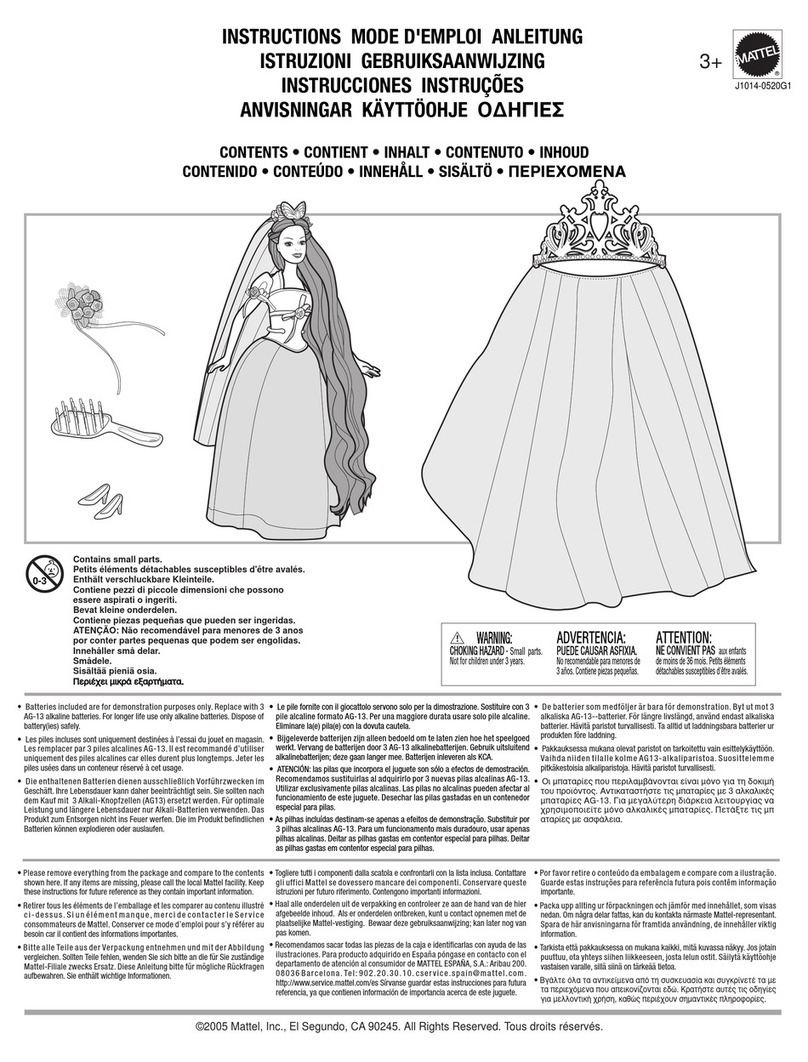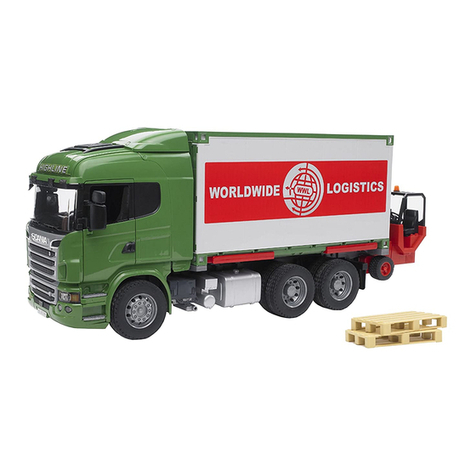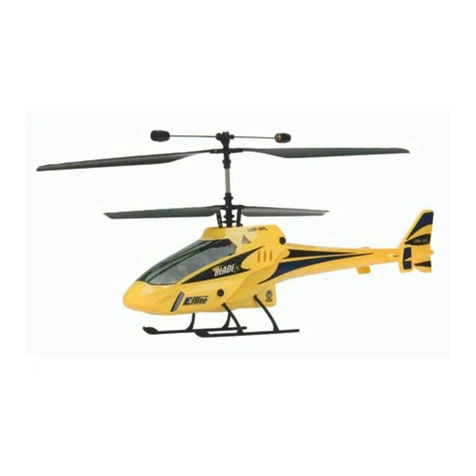
speaker
+V
See our website, your local model shop or contact us for a free colour brochure
DCP Microdevelopments, Bryon Court, Bow Street, Great Ellingham, NR17 1JB, UK
www.Train-Tech.com
SFX 20+Diesel Loco sound capsule
•Fits in seconds with no wiring - just drop it in!
•Tiny capsule fits in locos, wagons, coaches, etc
•Motion sensor replays sounds automatically
•Easy - no connections so works on DC & DCC
•Plays real sounds recorded from real trains
•NEW Plus version includes adjustable volume
•Set includes Capsule, Sound Tube & Battery
Image Courtesy
©Hornby Hobbies
Ideas for fitting SFX into N gauge
A full fact sheet on fitting SFX into N is on Train-Tech.com or free on request
Unlike some of our other products it is not possible to power the SFX from
any battery smaller than the CR2032 which is 20mm in diameter and so too
large to fit into most N gauge locomotives or stock. However with a little
imagination it is possible to use SFX in N gauge trains…….
Making SFX an Irregular load
A quick method of using SFX with
N gauge is to mount and disguise
SFX on a flat wagon as an
‘irregular load’
Using SFX+ with other loudspeakers
The SFX Plus capsule allows you to connect and
use a different speaker instead of the one fitted.
Almost any loudspeaker of 8#(8 ohms) should
be suitable and includes many ‘sugar cube’ and
‘bass reflex’ speakers designed for model use as
available from many DCC sound specialists.
To connect a different loudspeaker first you must
disconnect the existing SFX speaker:
•"Remove the battery.
•"Using plenty of light look at the edge of the
capsule marked ‘speaker’ and identify both fine
wires connecting the speaker and circuit board.
Using a very fine pair of wire cutters choose
either of the wires and carefully cut it at both the
speaker and circuit board end and discard so
that none is left to stray and touch other circuitry.
•Strip short lengths of insulation off the wires
from your new speaker, tin ends & carefully
solder them onto the solder pads either side of
the word ‘speaker’ on the printed circuit board.
•Check connections, refit the battery and test
Note that you must disconnect the internal
loudspeaker before connecting an external one
otherwise you will overload the amplifier circuitry.
NB The SFX speaker is bonded to the main
microchip – not recommended to try & remove!
Fitting SFX inside N gauge
You can also fit SFX into an N
gauge coach or long wheelbase
wagon like this box van. The extra
height required is gained from
cutting a slot in the base of the
coach or wagon and fitting the SFX
with a trimmed down sound tube
horizontally so that it just under-
hangs between the wheels. It is
hardly noticeable once fitted!
To help let more sound out we
trimmed some of the inside rim of
the roof before refitting it, holding it
slightly proud of the box van sides
using a small piece of Blu-Tack or
similar at each end of the roof.
Note: This method of fitting requires
modest modelling skills to cut the
slot in the base of the stock.
Problems, hints and tips….
Sound too quiet?
Use the sound tube supplied, make a sound
box or adjust the volume – see overleaf. Don’t
forget to leave gaps / holes to let the sound out!
Clicking or broken sounds?
If you hear clicking or odd broken sounds the
battery needs replacing. Remove it using finger
nail under battery at gold connector end first.
Battery
The SFX+ uses the popular CR2032 battery
available from discount stores and online – also
in packs of 3 as Train-Tech BAT1. Battery life
will depend on your volume setting and how
often you use the train it is fitted in, but you will
normally get many hours of sound from a new
battery, even longer if it is rested occasionally
because this gives the battery time to recover.
Motion sensor too sensitive?
The motion sensor contains a tiny gold plated
ball bearing to detect movement. If you find it is
too sensitive to other trains passing etc you can
slightly adjust sensitivity by changing orientation
of the sensor or wrapping the sensor in a small
piece of foam or tape, but keep it away from the
speaker & loco motor so they do not interfere.
How can I turn SFX off?
SFX turns itself on and off automatically with
motion, but you can turn off SFX temporarily by
holding a strong magnet close to the sensor
outside the model which stops the ball bearing
moving – useful for transporting trains quietly!
Take Care!
Never apply more than 3 volts at correct polarity
& protect the speaker and all circuit parts from
damage from damp, wet or higher voltages.
FREE Brochure emailed or posted on request
Modifications to SFX+ : recommended for dealers and advanced modellers only
Caution - these modifications require good soldering skills and may invalidate your warranty
Tickover Turbo Horns
Speedup Coast
speaker
+V
Powering SFX+ from larger batteries
The SFX+ is normally powered by a 3V CR2032
coincell battery to keep the size of the capsule
down, but although these are low cost & readily
available can be inconvenient for long periods of
sound such as exhibitions, shop displays etc.
So if space is available in the locomotive or stock
then 2 x alkaline AA cells, for example, will power
the SFX for much longer and a 2 x AA holder will
just fit inside many OO or larger gauge models –
you can also include an on-off switch if you wish.
VERY IMPORTANT: Note that the SFX must be
powered by 3 Volts DC maximum with correct
polarity or irreparable damage WILL result!
•Remove CR2032 battery – do not refit!
•Solder red + positive wire from new battery
holder to pad marked +V on circuit board
•Solder black – negative wire from new battery
holder to the solder pad at the opposite end of
the SFX+ board just underneath the speaker
•Check connections, then fit new batteries
WARNING: Correct polarity & 3 volts MAXIMUM!
AA 1.5 volt battery
AA 1.5 volt battery
Top connect
+3V
Bottom connect
-3V
+ -


